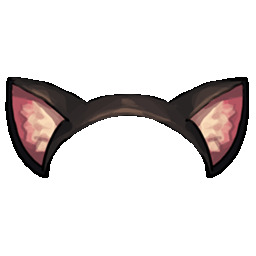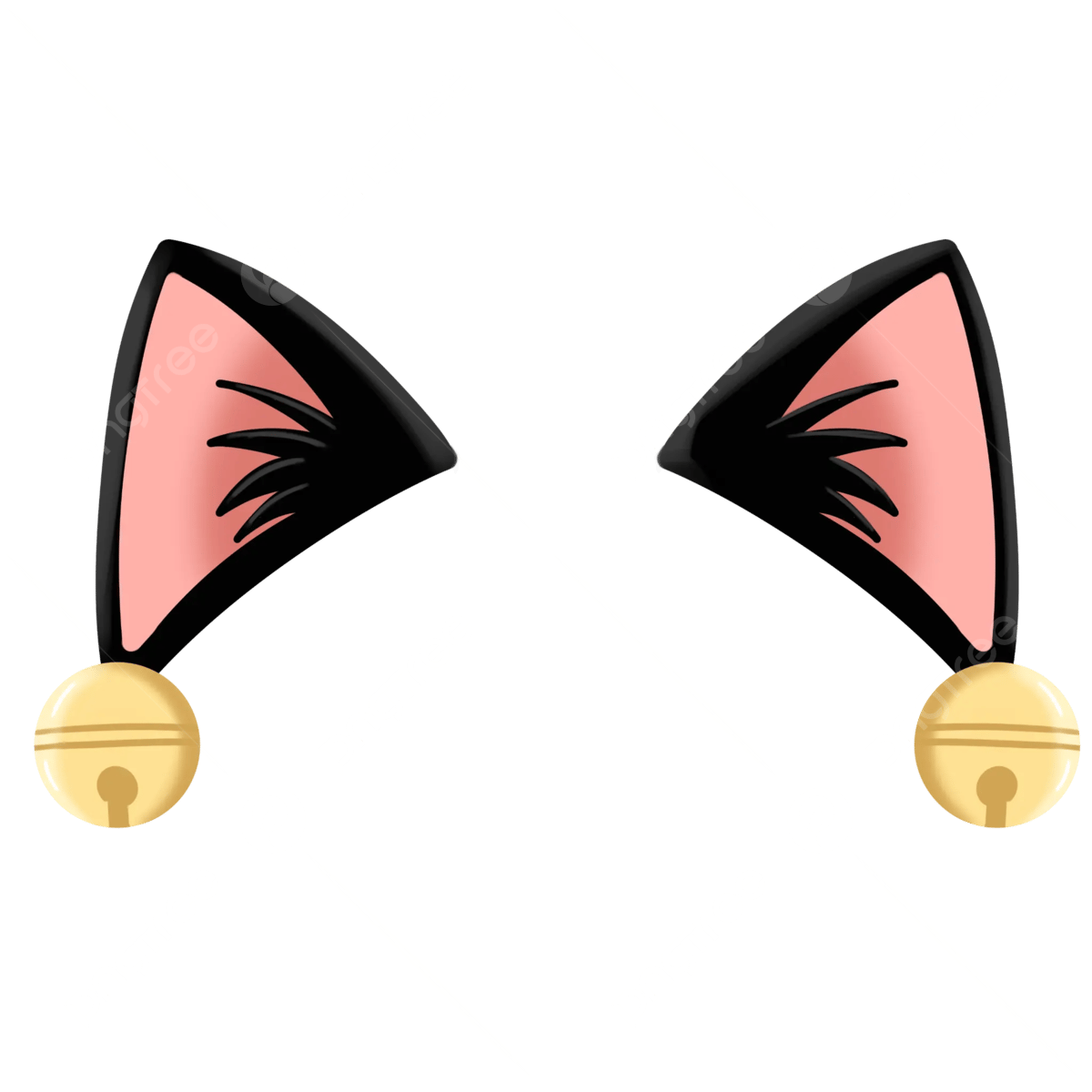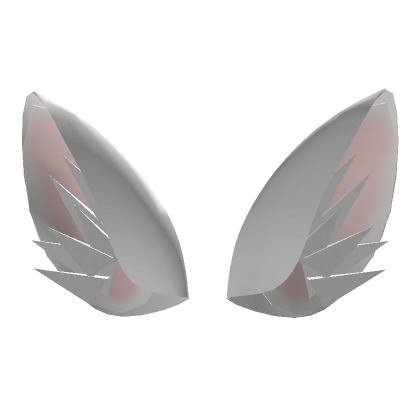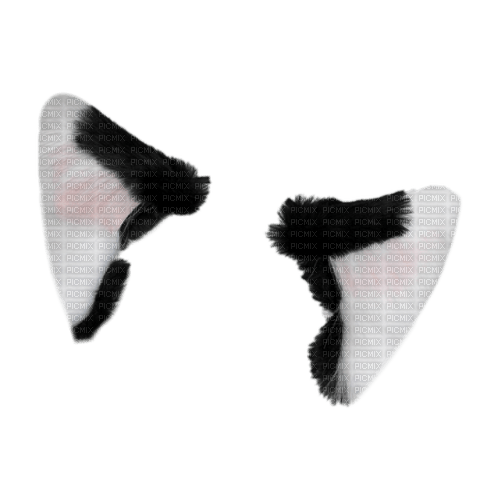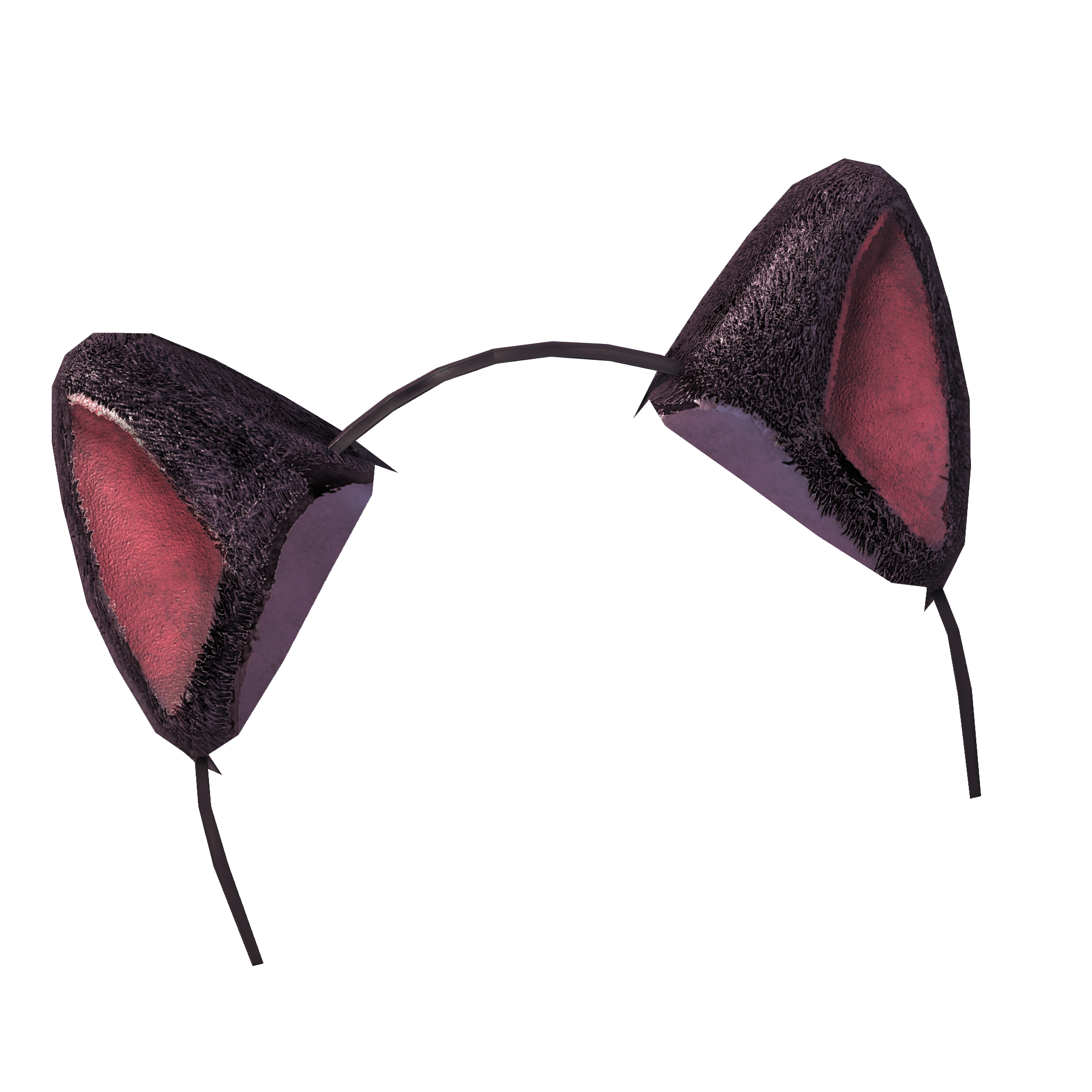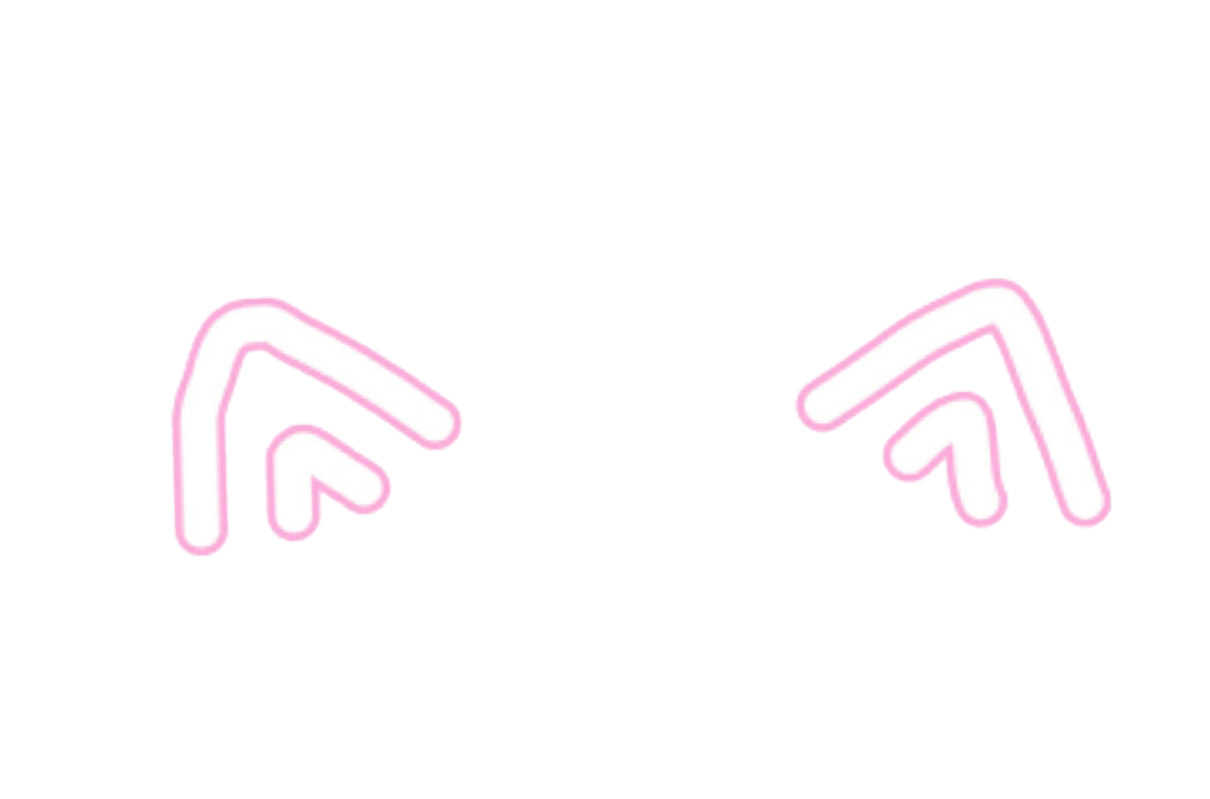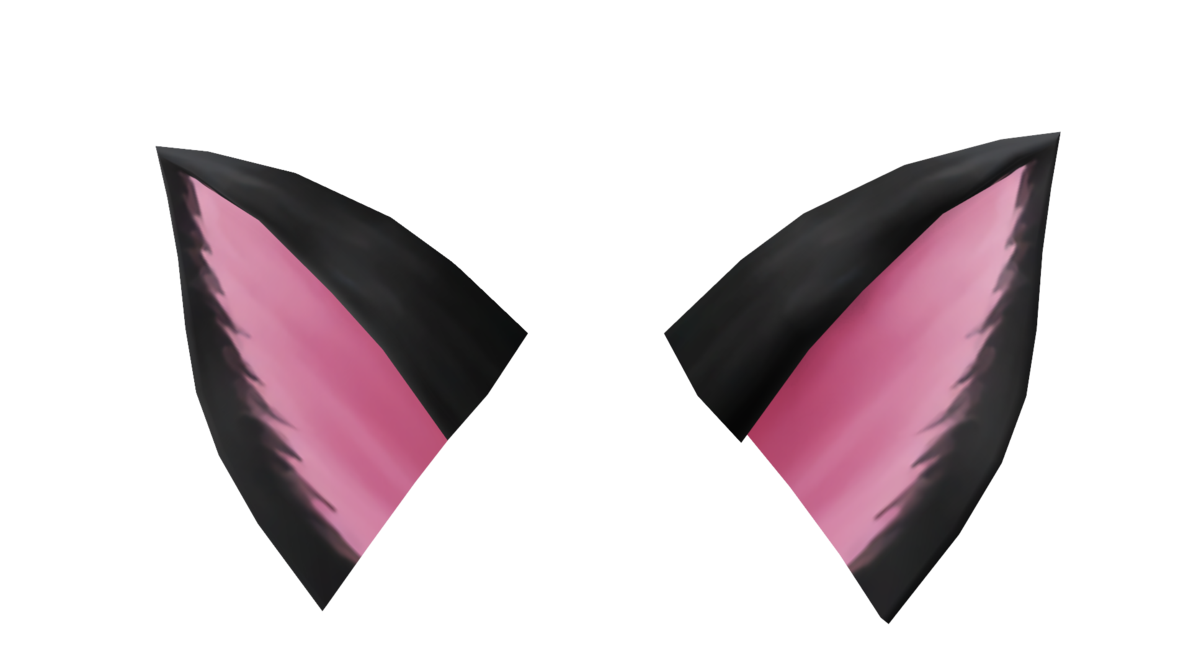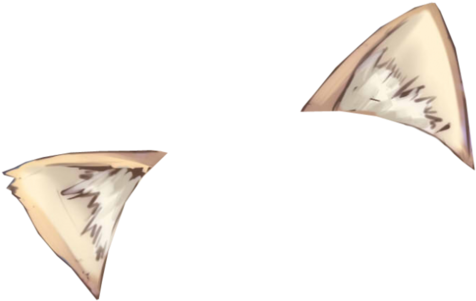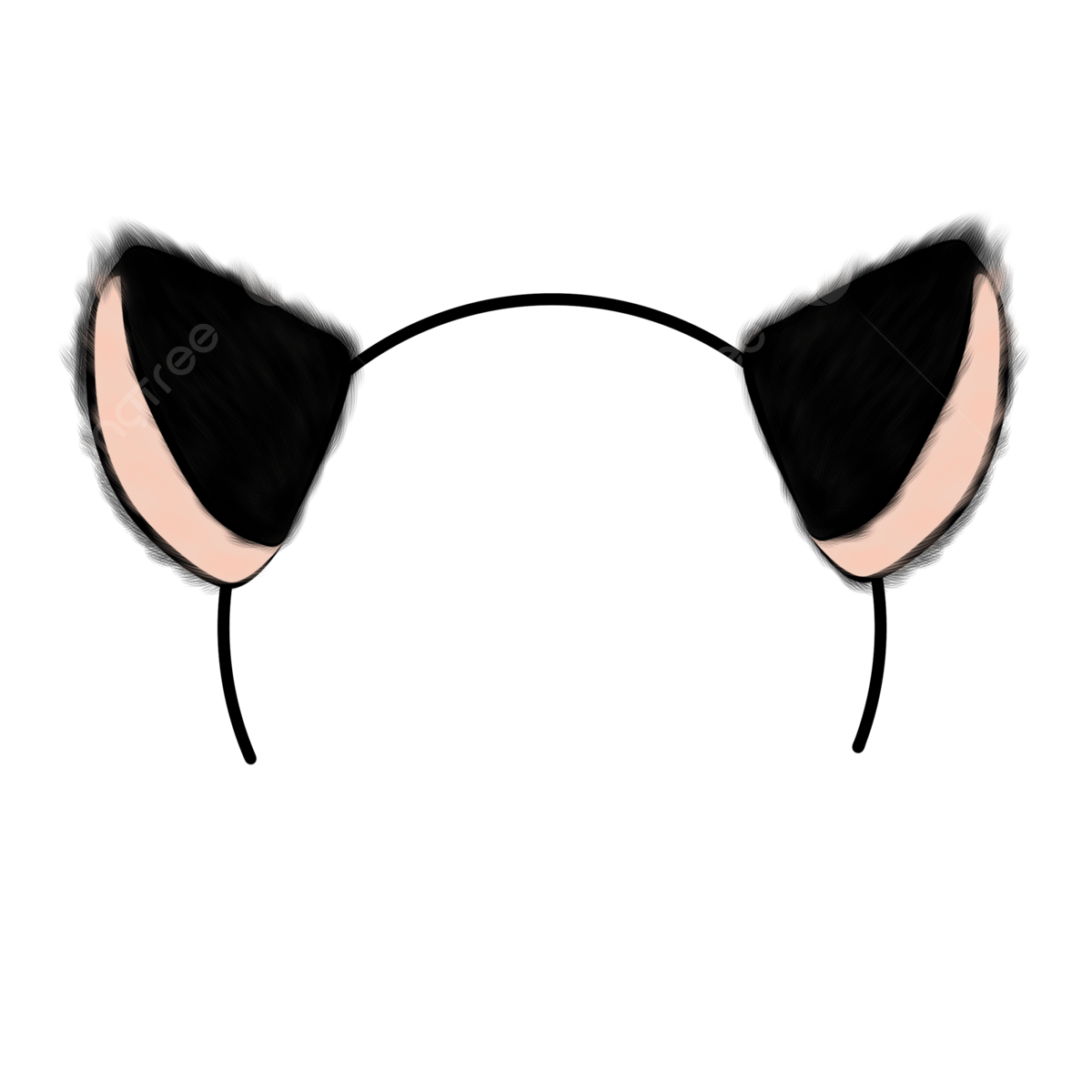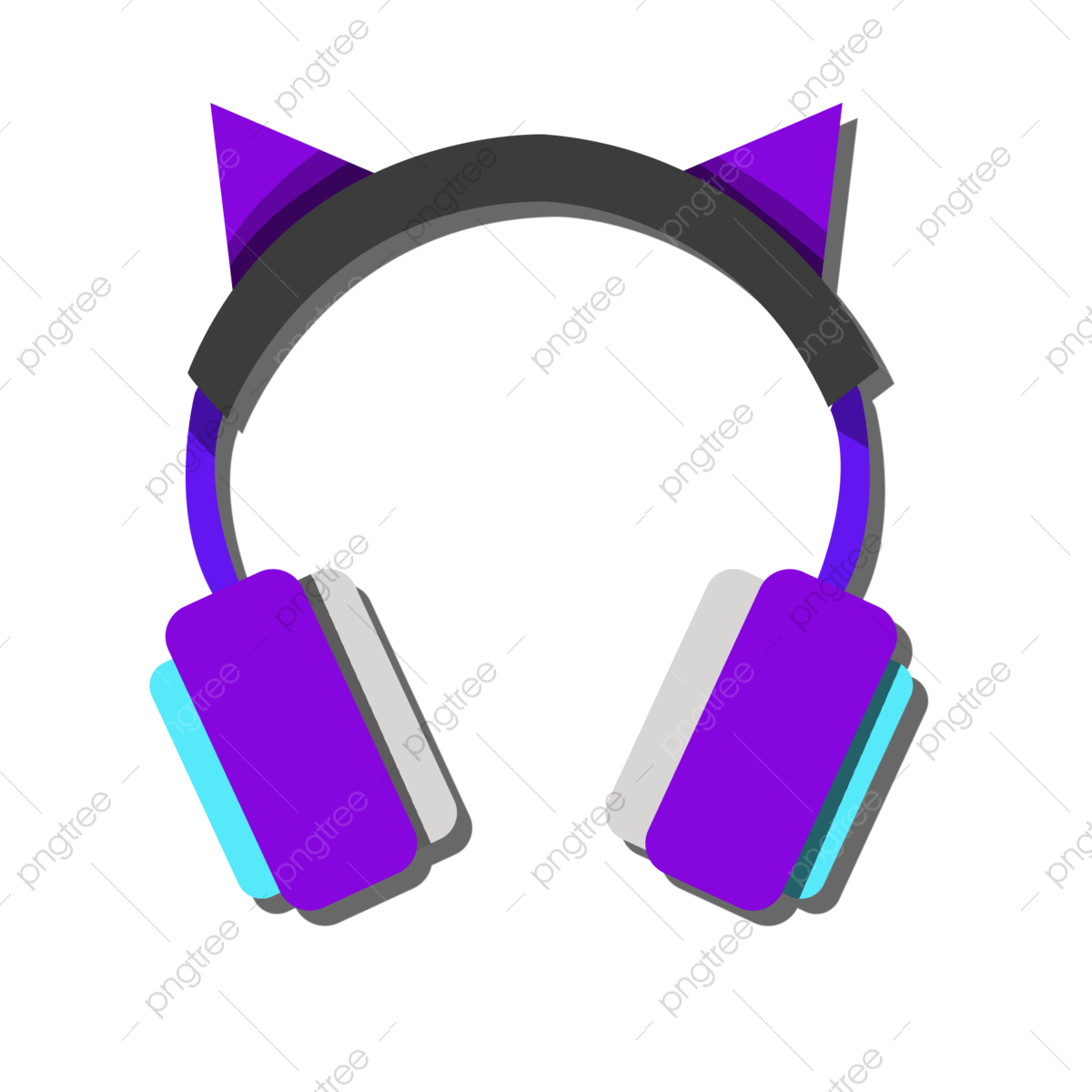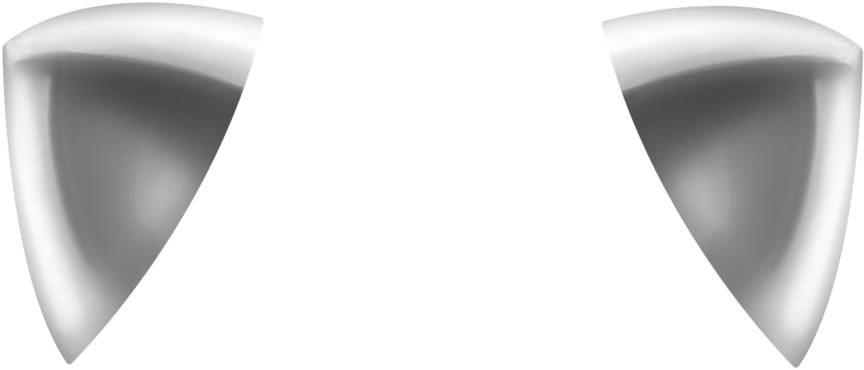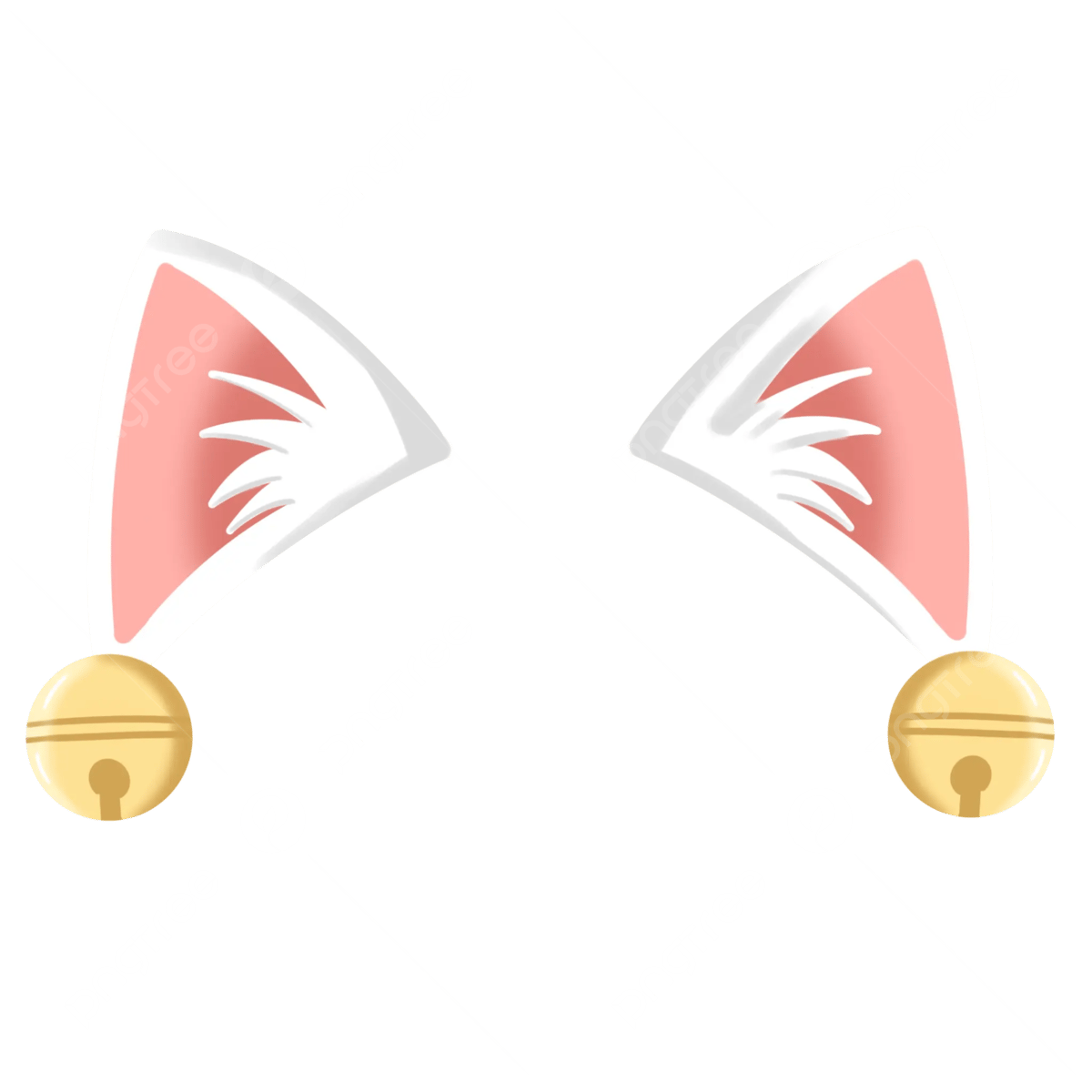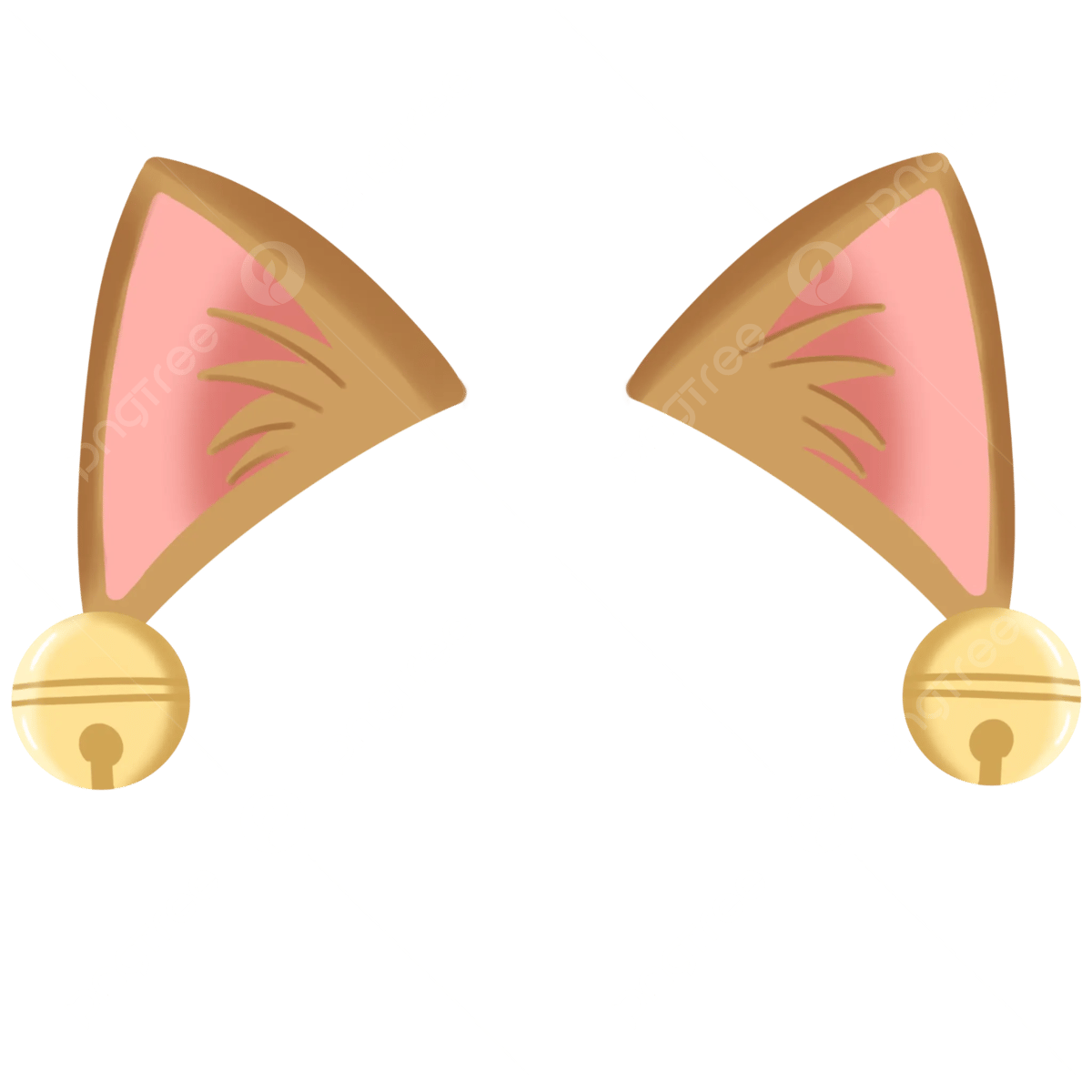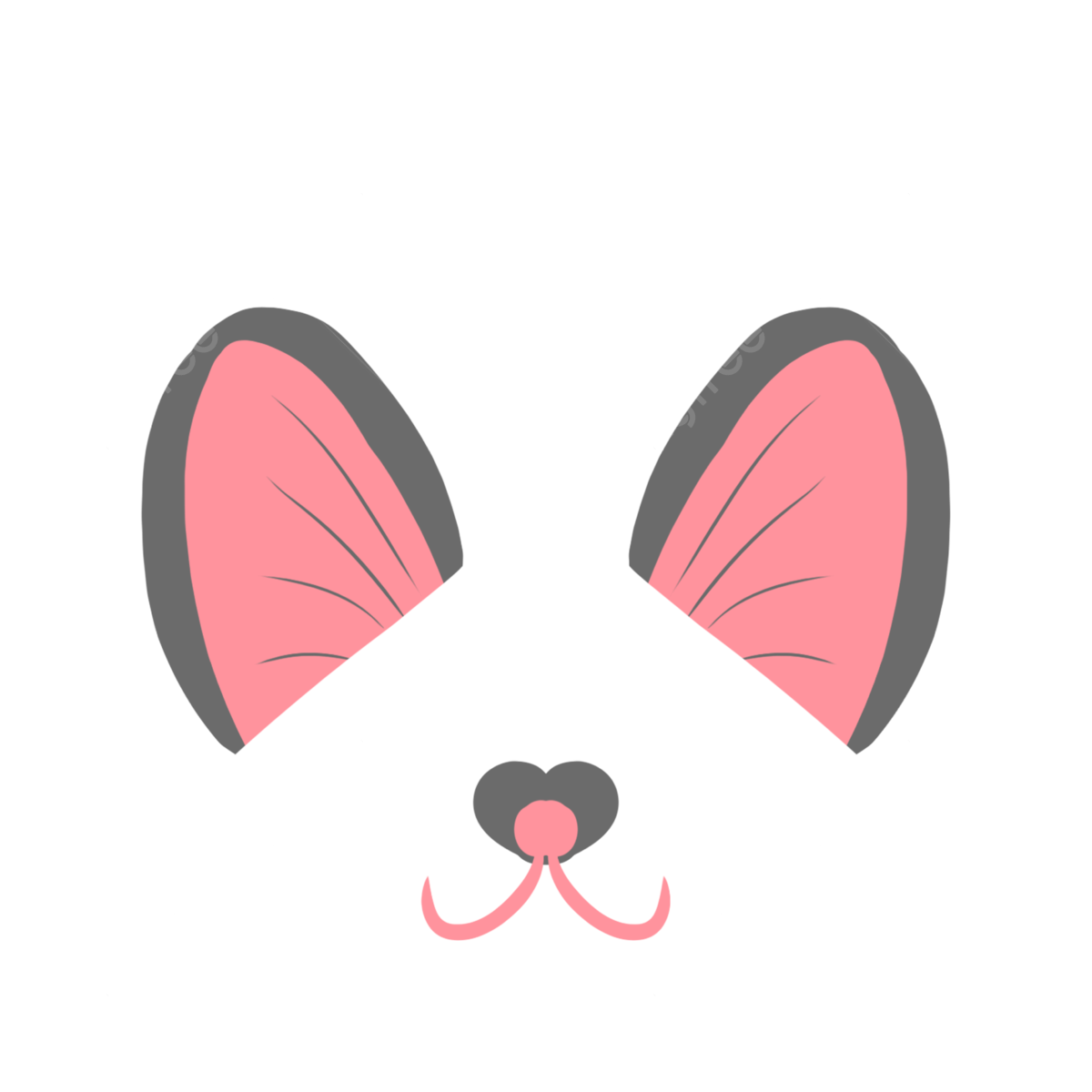Download top and best high-quality free Cat Ear PNG Transparent Images backgrounds available in various sizes. To view the full PNG size resolution click on any of the below image thumbnail.
License Info: Creative Commons 4.0 BY-NC
As any cat owner knows, a cat’s ears are an essential part of its anatomy. Not only do they help cats hear and balance, but also serve as a way to display their mood and communicate with their environment. Here, we will dive into the specifics of a cat’s ear, including its unique features and functions.
Anatomy of a Cat’s Ear
A cat’s ear consists of three parts: the external ear, the middle ear, and the inner ear.
- The external ear, or the pinna, is the visible part of the ear that sits on top of the cat’s head. It’s made up of cartilage and covered in fur while having the ability to move and rotate up to 180 degrees.
- The middle ear is located behind the eardrum and contains the three smallest bones known as the ossicles. These bones amplify sound vibrations and transfer them to the inner ear.
- The inner ear is responsible for balancing and contains the cochlea, which processes sound vibrations and sends signals to the brain for interpretation.
Cat Ears and Their Unique Features
Cat ears have several unique features that differ from other animals. One of the distinct characteristics of a cat’s ear is its ability to move independently of one another. This allows cats to locate and interpret sounds better. Additionally, a cat’s ear has approximately 30 muscles that allow it to move and rotate in different directions.
Cat ears are also highly sensitive. In fact, a cat can detect sounds up to a frequency of 65,000 Hz. This is significantly higher than the human range of 20 to 20,000 Hz. The sensitivity of a cat’s ear is what makes them excellent hunters, as they can hear the slightest rustling of their prey.
Cat Ears and Communication
A cat’s ear also serves as a way to communicate its mood and intentions. When a cat’s ears are angled forward, it usually indicates they are alert and focused. Flattened ears, on the other hand, signal an aggressive or fearful mood. Half-forwarded ears indicate uncertainty or curiosity. Additionally, a cat’s ear position can communicate their trust level with their human. If a cat’s ears are relaxed and pointing forward, it is likely an indication they trust their human.
Caring for a Cat’s Ear
While a cat’s ear is self-cleaning, it is still necessary to provide proper care to prevent any health issues. Owners can observe their cat’s ear for any unusual smells, discharge, or excessive scratching. These indicate an ear infection that requires a visit to the vet. Additionally, regularly cleaning their ears with vet-approved ear solution and avoiding excessive use of cotton swabs can prevent debris buildup and infection.
In Conclusion
The cat’s ear is a unique and important part of its anatomy. It serves several functions, including hearing, balance, and communication. Understanding these functions can help cat owners better communicate with their furry friends and care for their ears properly.
Download Cat Ear PNG images transparent gallery
- Cat Ear PNG Pic
Resolution: 747 × 370
Size: 191 KB
Image Format: .png
Download
- Cat Ear PNG Picture
Resolution: 256 × 256
Size: 10 KB
Image Format: .png
Download
- Cat Ear PNG
Resolution: 1050 × 386
Size: 37 KB
Image Format: .png
Download
- Cat Ear Transparent
Resolution: 1200 × 1200
Size: 108 KB
Image Format: .png
Download
- Cat Ear
Resolution: 420 × 420
Size: 38 KB
Image Format: .png
Download
- Cat Ear Background PNG
Resolution: 500 × 500
Size: 41 KB
Image Format: .png
Download
- Cat Ear No Background
Resolution: 2048 × 2048
Size: 1540 KB
Image Format: .png
Download
- Cat Ear PNG Background
Resolution: 1210 × 799
Size: 98 KB
Image Format: .png
Download
- Cat Ear PNG Clipart
Resolution: 347 × 147
Size: 12 KB
Image Format: .png
Download
- Cat Ear PNG Cutout
Resolution: 1191 × 670
Size: 215 KB
Image Format: .png
Download
- Cat Ear PNG File
Resolution: 476 × 301
Size: 68 KB
Image Format: .png
Download
- Cat Ear PNG Free Image
Resolution: 420 × 420
Size: 9 KB
Image Format: .png
Download
- Cat Ear PNG HD Image
Resolution: 1920 × 847
Size: 210 KB
Image Format: .png
Download
- Cat Ear PNG Image File
Resolution: 1200 × 1200
Size: 151 KB
Image Format: .png
Download
- Cat Ear PNG Image HD
Resolution: 1200 × 1200
Size: 86 KB
Image Format: .png
Download
- Cat Ear PNG Image
Resolution: 1920 × 769
Size: 178 KB
Image Format: .png
Download
- Cat Ear PNG Images HD
Resolution: 864 × 370
Size: 160 KB
Image Format: .png
Download
- Cat Ear PNG Images
Resolution: 1200 × 1200
Size: 106 KB
Image Format: .png
Download
- Cat Ear PNG Photo
Resolution: 1200 × 1200
Size: 129 KB
Image Format: .png
Download
- Cat Ear PNG Photos
Resolution: 1200 × 1200
Size: 101 KB
Image Format: .png
Download

